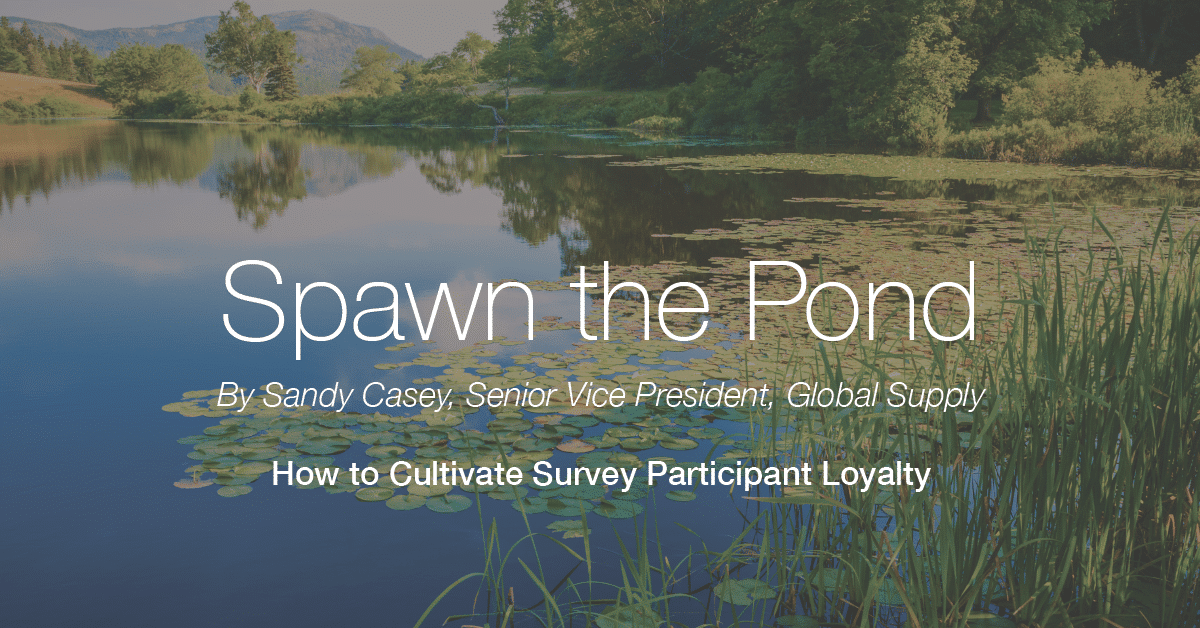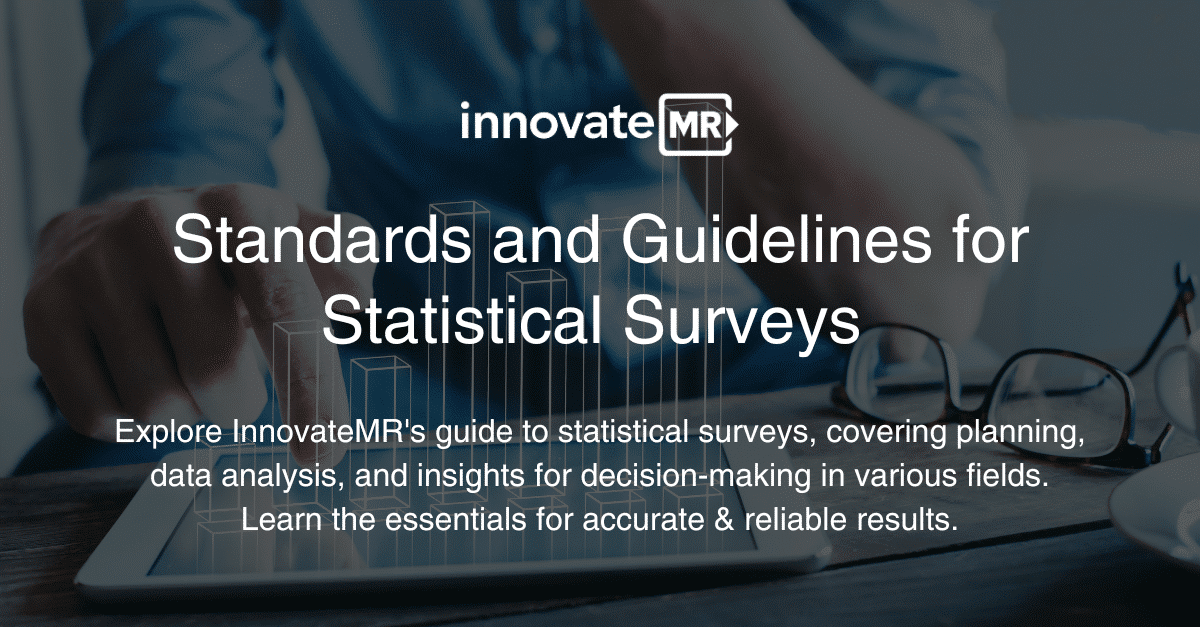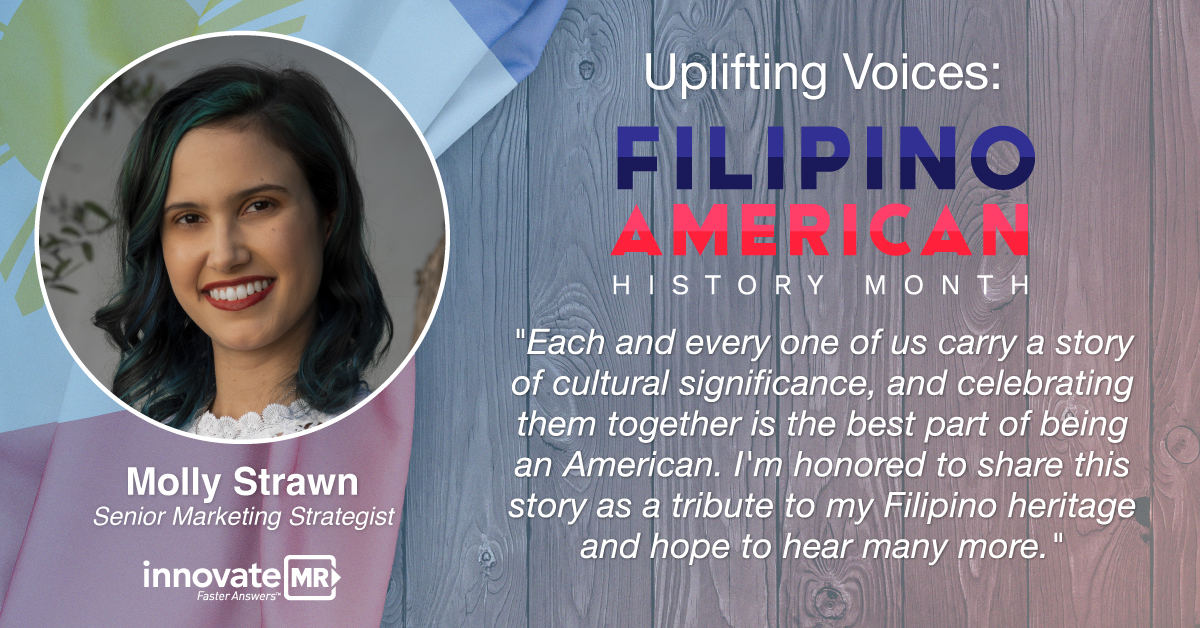
If you’re as seasoned (for lack of a better term) as I am, you will remember the good ol’ days. It was the early 2000s: I wasn’t walking 2 miles to school anymore, uphill, in the snow, but…
- Researchers didn’t want online respondents. Can you believe we had to convince them that speaking with hundreds online vs. 15 at a time, face-to-face, was better for their research needs? To them, phone and focus groups were better.
- Consumers loved taking surveys. This is partly because it was new and unique, but also because surveys were more engaging. And remember, we didn’t over-use the member. We respected them and their time.
- The clients who finally acquiesced into online research paid a fair price for their sample needs, ensuring efforts were recognized both from the data collection company as well as the respondent time frame. $10 for a 15-minute interview for a gen pop study was a norm. This was the key to bullet two. Clients paid a fair price and panelists got paid a fair incentive.
Now that I feel like I’m geriatric talking about the good ol’ days, I have to say times sure have changed; some for the better, some not so much.
Today, we are in an environment where there isn’t enough supply to meet the demand. We, the heads of supply, talk about this in just about every conversation we have. Who would have thought demand could be a bad thing? Remember bullet one, in the old days, we couldn’t convince people to sample online. Now so many are and it’s GREAT, but it’s a challenge for all of us right now.
This challenge has one massive issue: we are all, simply, fishing from the same pond. I know this isn’t new to anyone. We all say the same thing, over and over, but I am not seeing many proactively do anything about it. Don’t mind me but, I won’t sugar coat: we are, as an industry, failing to be creative, to be proactive, and to do the right thing for our foundational aspect of market research: supply. Where would any of us be without “people/supply”?
How are we going to be the attractive hook in the pond? We need to be smarter, better and more caring. We need to spawn and nurture.
Bottom line, first and foremost, the secret to any successful relationship (which is what we need to have with all of our supply), is to create loyalty. One of the best books I ever read for business was Customer Satisfaction Is Worthless, Customer Loyalty Is Priceless by, Jeffery Gitomer. Granted, the book was focused on typical B2C transactions and service/support, but the model remains true. Be good to everyone: your clients, your vendors, your team(s), and your panelists. You can guess what you will get in return: a returning client, vendor, colleague and panelist.
As I see it, in times like this, many companies are fishing in the same pond whether it’s for recruitment or top ups. We then are all responsible to be kind to the fish. Hook, catch, and release. Treat them well so they won’t be afraid to nibble on the bait again.
I will say there is no secret sauce in here, but I think at times a good reminder is a nice aid. Hopefully you do this already, and if you don’t, please try to. Tips to build the much-needed loyalty, resulting in all of us helping each other are below.
- Know your supply chain. Every partner / vendor you work with has different engagement practices. Know them. If you know how they work, the way they want to work, then you are saving time and resources. Your database of your supply chain must include, LOI maximums, IR minimums, topical restrictions, etc. When you need a small top up after you’ve used your panel, make it easier for your vendors.
- Be honest. Making your job look better than it is so someone will sell to you will not help anyone. Bottom line: give the real spec, the real scope and the likelihood of your getting the job done and done on time goes up ten-fold. And remember, as the scope changes, let people know. I have consistently, in every organization I have ever been in, made this a key KPI on the teams. Don’t order 1,000 (the entire job), order what you need, 25 males 18-25, and 35 females 18-25, etc.
- Be transparent to avoid unnecessary duplication. In a world of aggregation (whether its marketplace driven or not), let others know who you use if your panel can’t get it done. You have to avoid the dupes. In a time where supply comes at a premium, you have to do anything and everything you can to ensure the likelihood that the active responder (at the moment) has a very good chance of qualifying and completing the job they have been invited to.
- Do your best to help people qualify. Always target your audiences. Again, I go back to being good to the responder to get the complete. Do not burn out the panel you have, or the supply chain you have outside of your panel. And, if you don’t know if they will qualify, then know if they will EARLY in the survey. Believe it or not, some people still allow late terminates. This responsibility lays with clients and the organization doing the data collection. Check the study, and do not waste a great deal of the respondents’ time.
- Know the device the user is on. Yes, we still have people executing desktop only studies. It’s not an easy spec, and getting harder by the day, but, if you have one, make sure you are not sending in mobile responders. The frustration a user goes through when they can’t complete is a large factor in burning out panelists.
- Tell them how they are doing. Progress bars gives people hope that they are almost done. As simple as this is, knowing how far you have to go is going to help minimize the drop-out rate. There is nothing worse than the black hole of “how much further do I have to go”; especially when a survey isn’t very well designed.
- Make it fun even if they don’t qualify. In the land of only 25-30 out of 100 will qualify, we have to do something right for the 75-80. Reward them for the bad experience, they will try another survey. If you don’t, they will go somewhere that will.
- Let them cash in their money. If your goal is to make breakage, you will not have long term panelists. It’s that simple. If you let them take a survey, get rewards and cash out their rewards, well, your panelists will stay with you driving a longer lifetime value.
- Do it all over again and again and again to create satisfied to the point of loyal!
Today, a young gentleman I am mentoring said to me, “we can try and do this [fill in task] but, here’s the reason why it won’t work [insert issue]”. I replied to him, “I am OK with you telling me what won’t work, but, when you’re older you will always remember this advice: present the problem, but always have a solution in your back pocket before you do so.”
So, to take my own advice, I will present my solution to the main problem I have outlined. We still need to spawn the pond and nurture the fish we have. But how do we solve the supply vs. demand issue because many are fishing in the same pond? Change your body of water! Get yourself out of the pond and into the ocean. It is a heck of a lot bigger with a lot more fish. Make the effort, grow your sourcing pool, get on the boat, and have the patience to find the unique fish. Spend the time and money to get the get right bait in the Lawbstah trap (you can take the girl out of Boston, but…). And, please use premium bait. This will attract more fish and better fish. Believe me, I have been able to find high priced, high quality fish when I targeted and expanded our reach.
PS, I hate seafood, maybe my next analogy will be at the farm.
 Sandy Casey is the Senior Vice President of Global Supply at InnovateMR, working to build global supply strategy across varying channels of survey respondents and ensuring the highest quality within the research industry.
Sandy Casey is the Senior Vice President of Global Supply at InnovateMR, working to build global supply strategy across varying channels of survey respondents and ensuring the highest quality within the research industry.
InnovateMR is a fiercely independent sampling company that delivers Faster Answers™ from business and consumer audiences. As industry pioneers, InnovateMR connects organizations with market research audiences around the world to support informed, data-driven strategies, and identify growth opportunities. InnovateMR has built its reputation on a relentless pursuit of customer delight. Stop working with vendors, and start working with a partner dedicated to your success.
About InnovateMR – InnovateMR is a full-service sampling and ResTech company that delivers faster, quality insights from business and consumer audiences utilizing cutting-edge technologies to support agile research. As industry pioneers, InnovateMR provides world-class end-to-end survey programming, targeted international sampling, qualitative and quantitative insights, and customized consultation services to support informed, data-driven strategies, and identify growth opportunities. Known for their celebrated status in customer service and results, InnovateMR combines boutique-level service with extensive global reach to achieve partner success.


